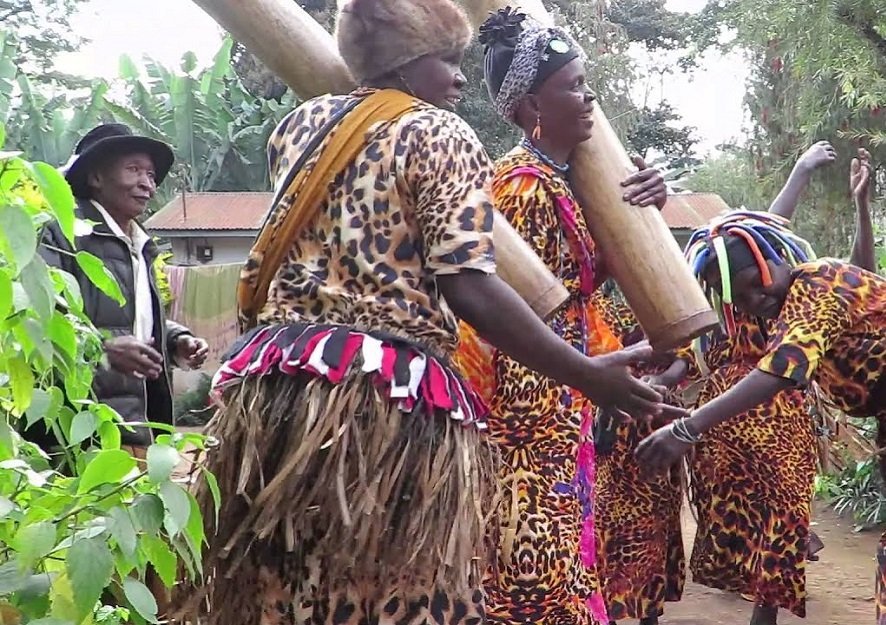If you decide to climb Kilimanjaro today, you are likely to find members of the Chagga, Tanzania’s third-largest, mainly as porters and guides.
Numbering more than 2 million, the Chagga people, who occupy the southern and eastern slopes of Kilimanjaro are famed for being Tanzania’s wealthiest and most powerful people.
This is mainly due to their strong work ethic largely in farming and the extent of western education they received, having found themselves in Kilimanjaro, one of the first places to accept missionaries in Europe.
The Chagga also remain one of the most visible tribes in Tanzania who have been able to maintain a strong sense of identity and pride despite their diverse origins.
Historical accounts state that the Chagga are part of Bantu peoples who came to Kilimanjaro in a succession of migrations that began about 400 years ago. These Bantu people entered Kilimanjaro from the north-east, following local mayhem in that area.
They decided to settle in the eastern side of the mountain, but they realized that the area was already inhabited by an aboriginal people known as Wakonyingo, who were said to be pygmies.
There was also the Wangassa, a tribe similar to the Masai, and the Umbo of the Usambara mountains. These groups would eventually be driven out or absorbed by the Chagga, writes Kilimanjaro Experts.
With different beliefs, customs and languages and the lack of feelings of kinship or loyalty to their neighbor, these Bantu people, who would later be known as Chagga, settled into family groups known as clans but soon these family ties got cut and lost as people moved away to settle on other parts of the mountain.
The Chagga suddenly developed new loyalties to the region in which they were living and the neighbours with whom they shared the land. About twenty states and chiefdoms emerged out of this.
Johannes Rebmann, who was the first European missionary to reach the mountain in 1848, said “he found that Kilimanjaro was so actively involved in far-reaching trading connections that a chief whose court he visited had a coastal Swahili resident in his entourage. Chagga chiefdoms traded with each other, with the peoples of the regions immediately surrounding the mountain (such as the Kamba, the Maasai, and the Pare), and also with coastal caravans. Some of this trading was hand to hand, some of it at markets, which were a general feature of the area. Many chiefdoms had several produce markets largely run by women, just as they are today.”
But these Chagga chiefdoms would soon start going to war with one another and with nearby peoples, and this was largely over control of slave routes, over ivory, slaves, cattle, iron, and other booties of war. During some of these raids, slaves would be taken with the weaker party usually accepting defeat.
Ultimately, the number of different groups would cut down to about just six tribes with each named after one of the mountain’s rivers as in, for instance, the Wamoshi Chaggas (after the Moshi River).

In the latter part of the 19th century when the Germans took control of the region, the various groups set aside all their differences and united for a common front to battle their colonial masters. This eventually led to the formation of a single ethnic group – the Chagga.
Also known as Wachagga, the Chagga people, who are today predominantly Christians following a patrilineal system of inheritance, had, in the nineteenth century, been mainly farmers and cattle keepers.
With extensive irrigation systems, they also cultivated various crops such as yams, maize, beans, cassava, sweet potatoes, sugarcane, and tobacco. With the favourable climate of the area in which they live and their successful farming methods, the Chagga remain the richest tribe in Tanzania and one of the richest tribes in East Africa.
It is therefore not surprising the calibre of persons from the area, including Reginald Mengi, Tanzanian industrialist and media tycoon; Michael Shirima, Tanzanian businessman, entrepreneur, and philanthropist; Nathaniel Mtu, first Chaggan historian, and Prof. Leonard Shayo, Mathematician and former presidential candidate.
Today, a subsistence dimension of the banana-vegetable-animal domestic economy persists in the household gardens of the Chagga people, but it operates in an entirely different context from that of former times, an account by Encyclopedia said.
Banana plants and coffee bushes, however, continue to be male property while women continue to do most of the agricultural and domestic work. But being a highly educated tribe in Tanzania, tour guides say that in even the most obscure corners of the country, you are likely to find Chagga people working as traders, merchants, officials, teachers and doctors.

